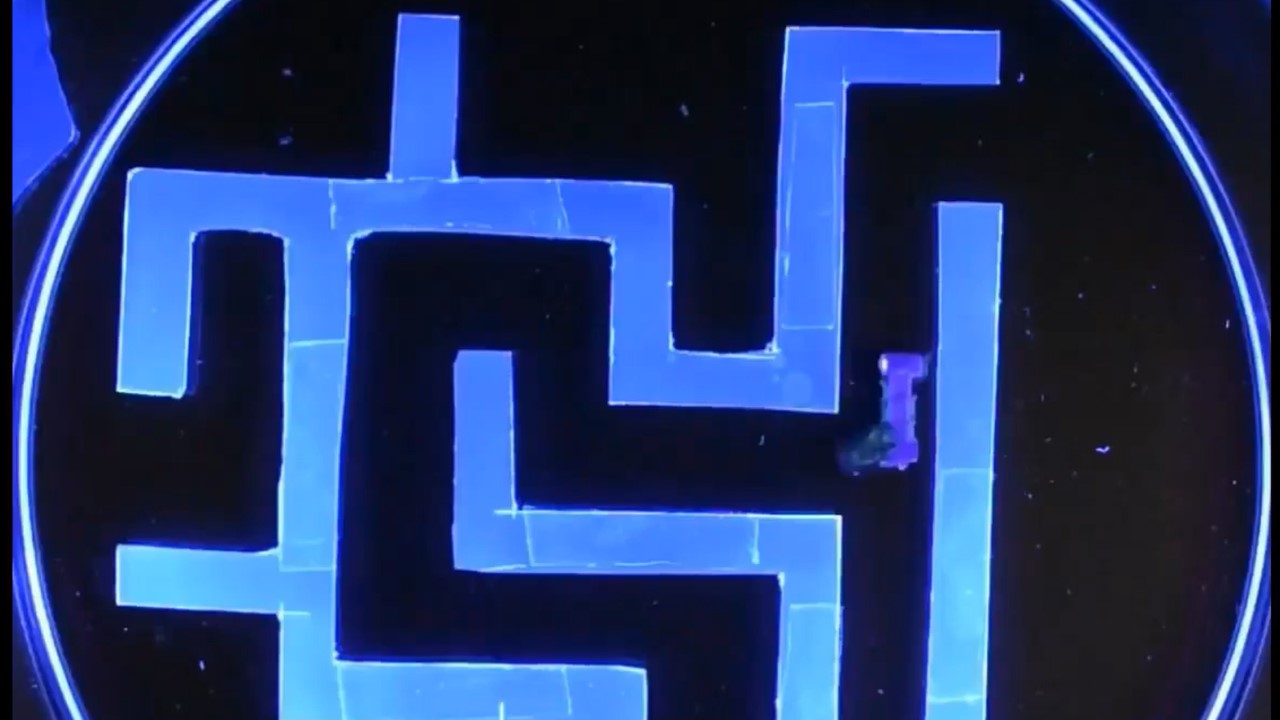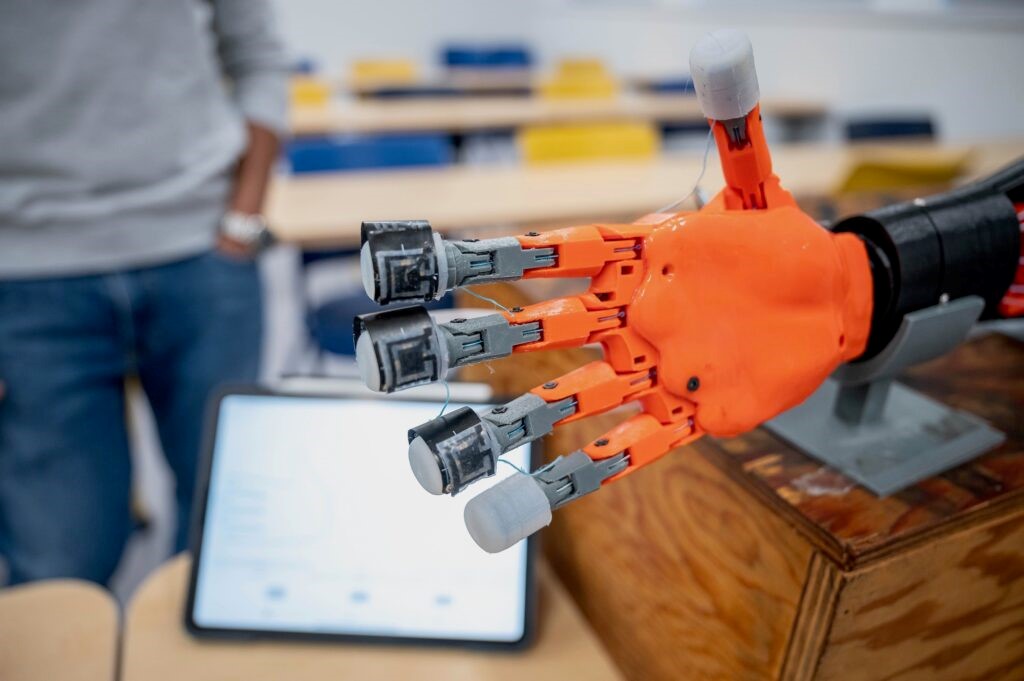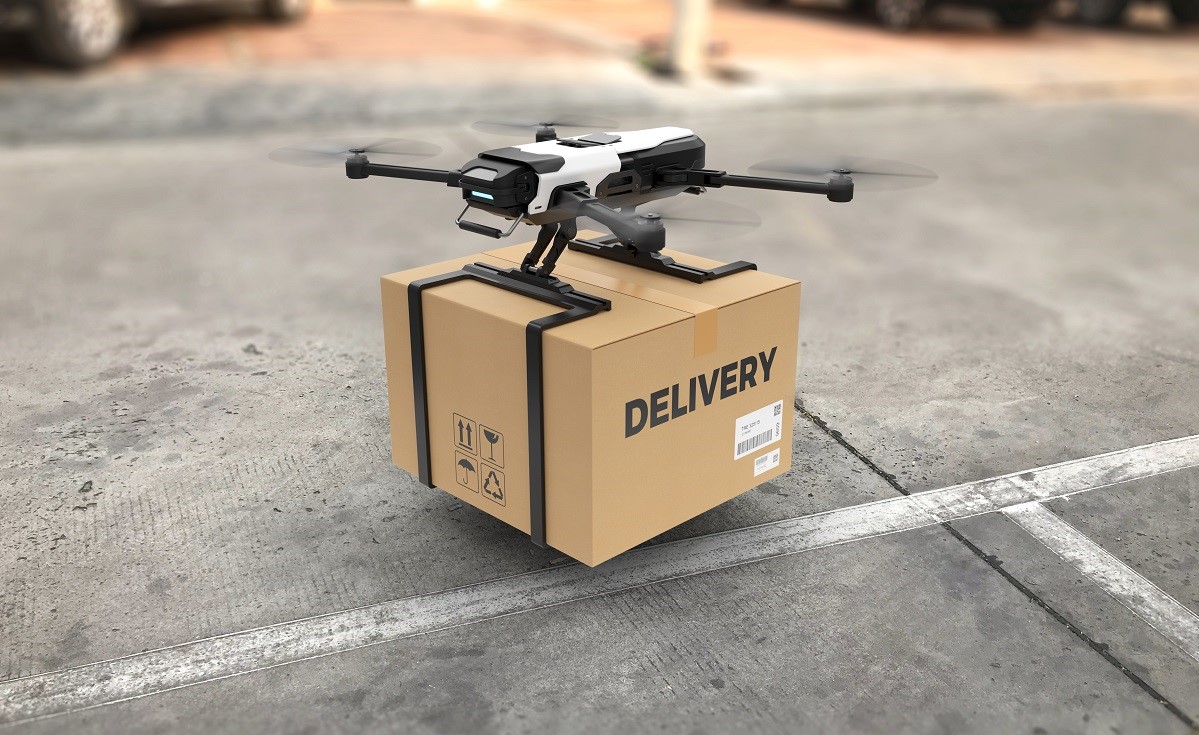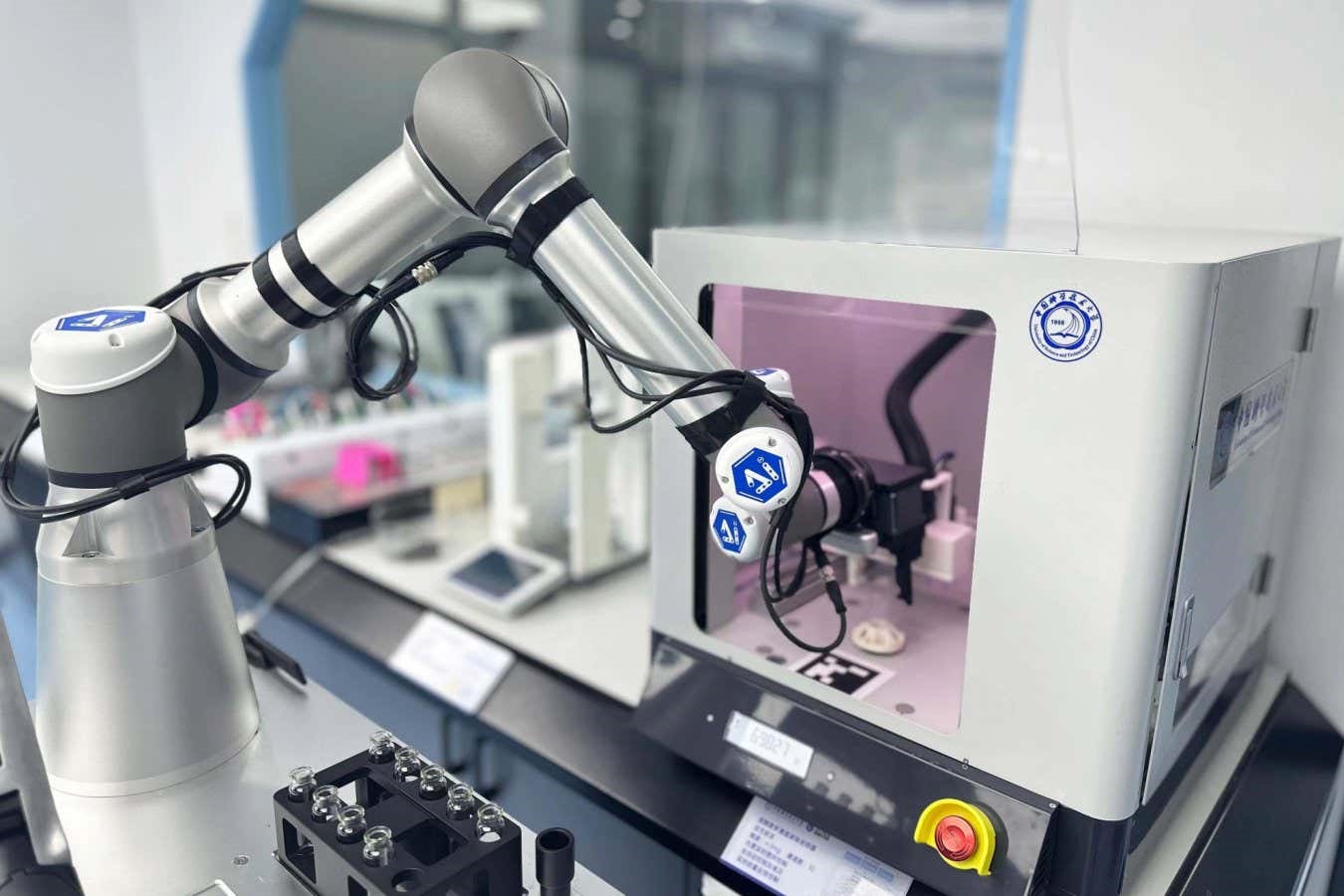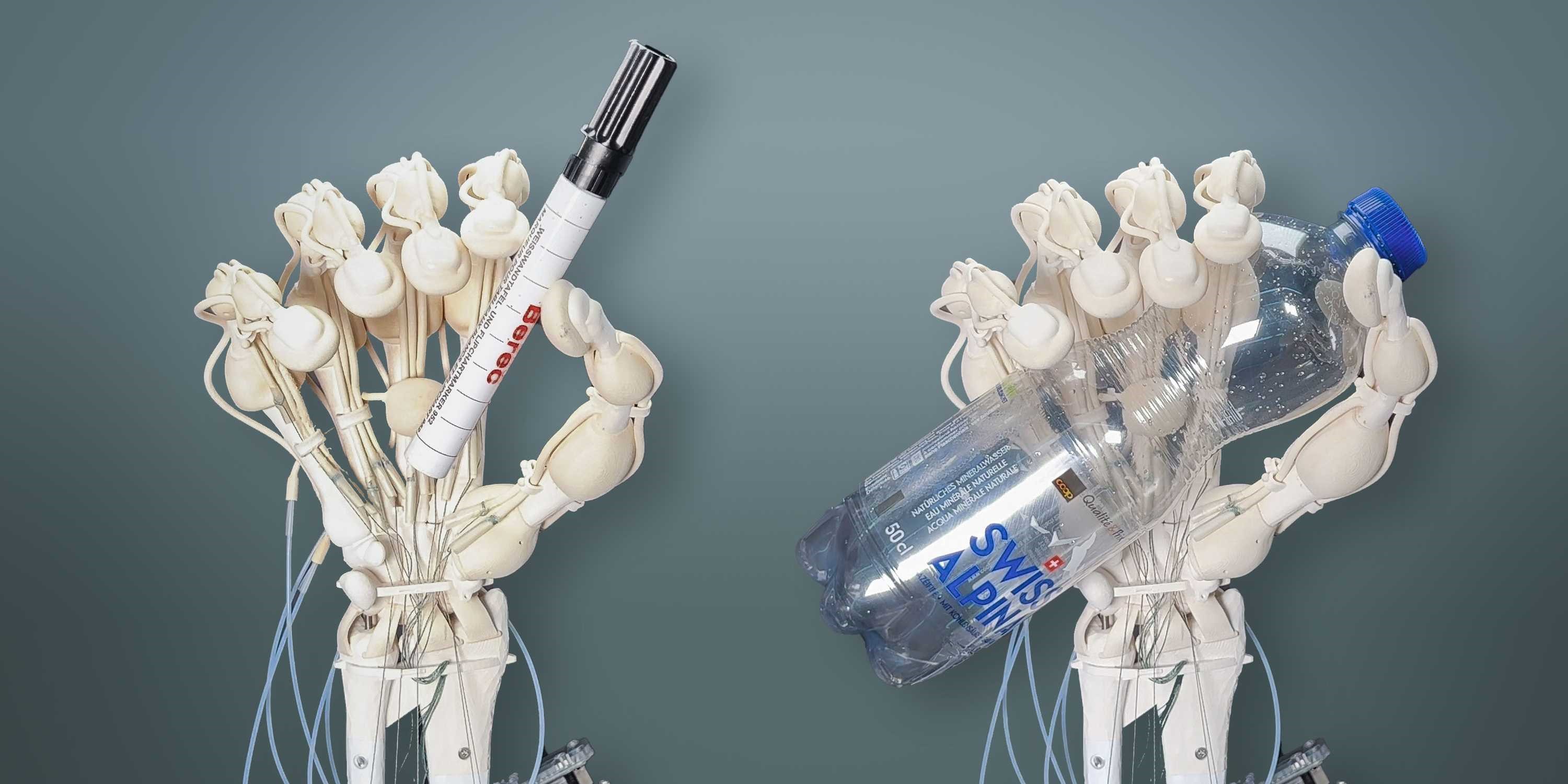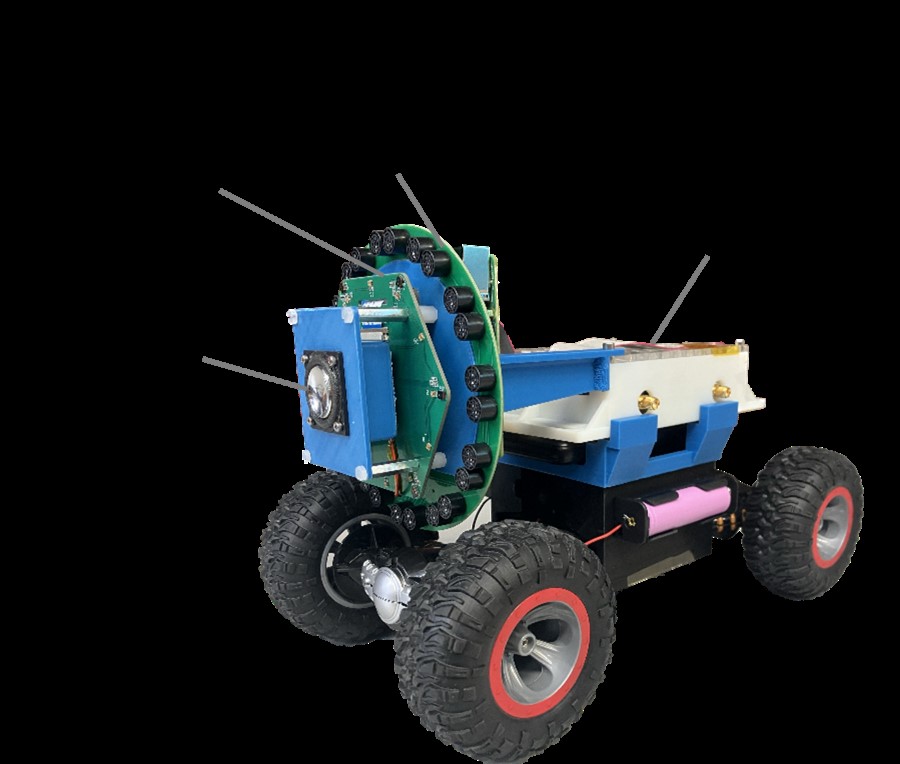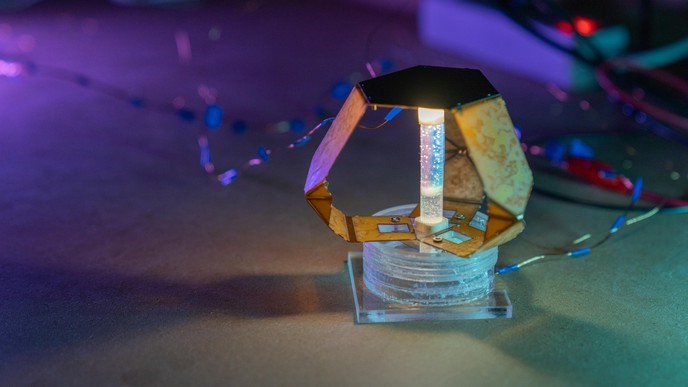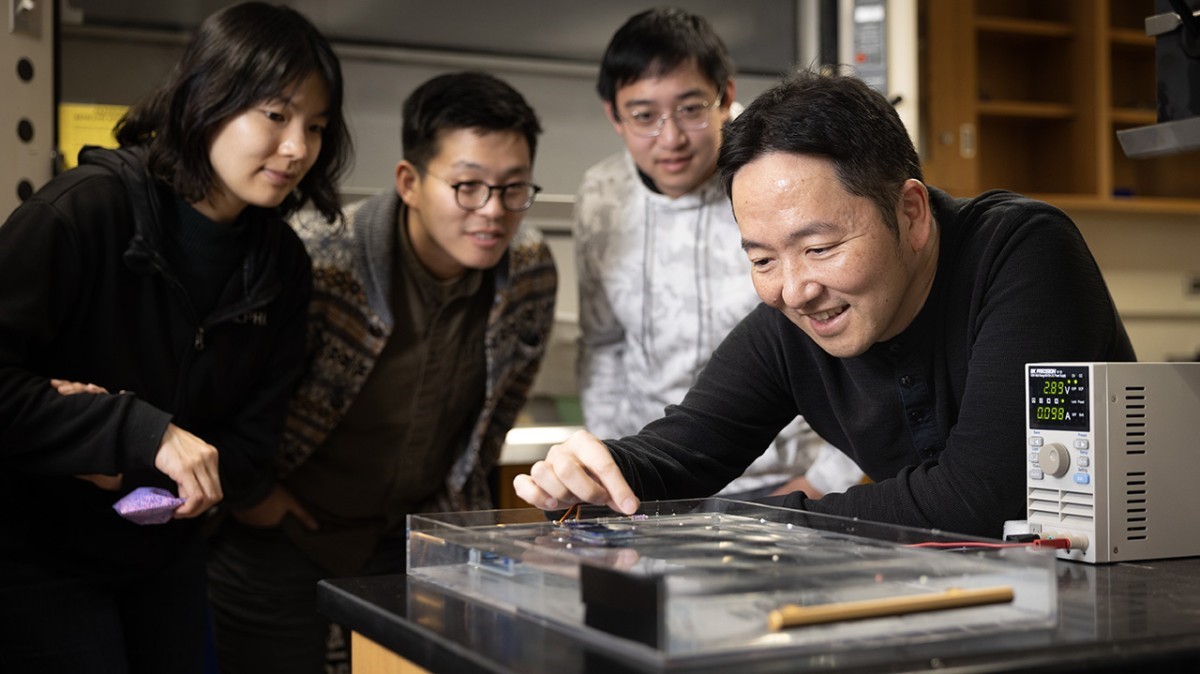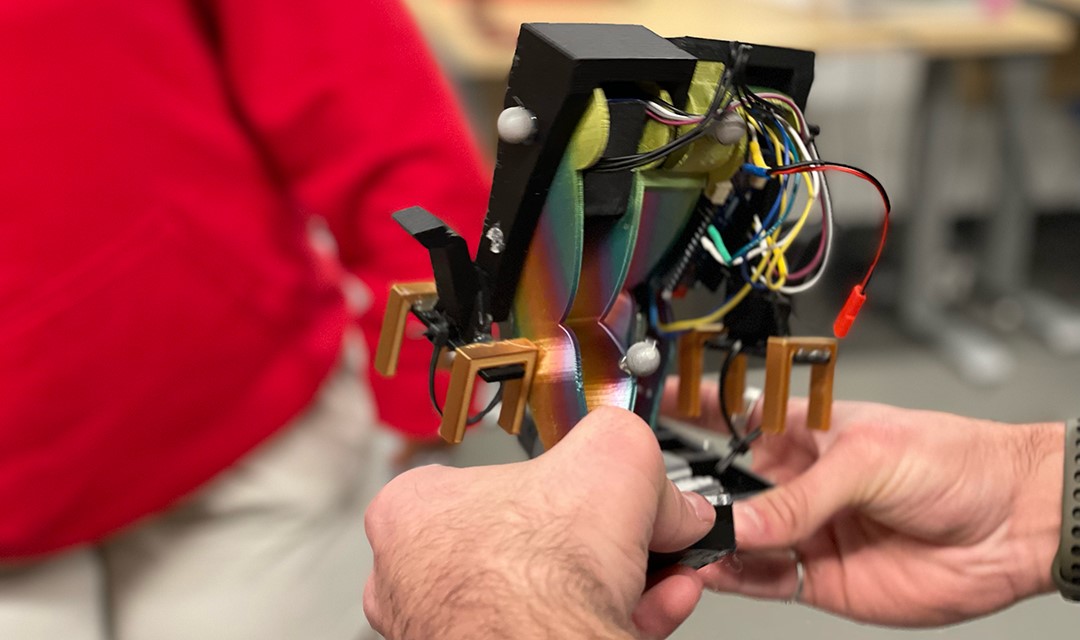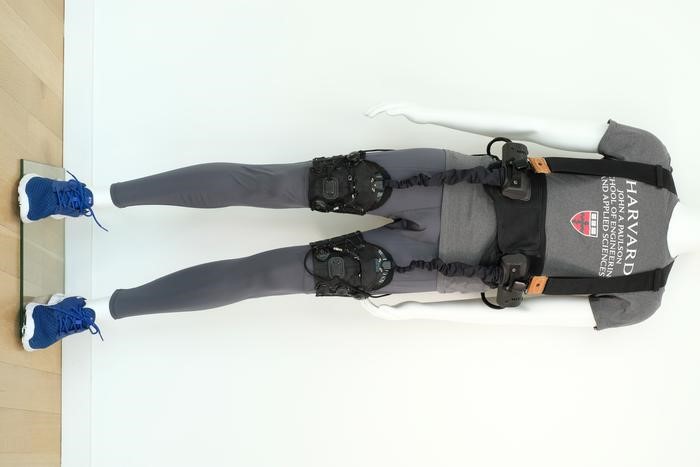Unleashing the Dragon Firefighter: A Revolutionary Robotic Solution to Combat Fires
In the world of firefighting, a new and innovative ally may soon join the ranks of human responders—a flying dragon, not breathing fire, but extinguishing it with powerful blasts of water. Developed by a dedicated team of Japanese researchers, the Dragon Firefighter is a groundbreaking robotic solution designed to tackle fires deemed too perilous for human intervention. The blueprint for this extraordinary creation has been generously shared with the global community as Open Science, allowing roboticists worldwide to contribute to its evolution for the greater good.

Figure 1. The Dragon Firefighter. (Credit: Tadokoro Laboratory, Tohoku University)
Figure 1 shows the Dragon Firefighter in action. Presenting their findings in the esteemed journal Frontiers in Robotics and AI, joint corresponding author Dr. Yuichi Ambe, an assistant professor at Osaka University, describes the Dragon Firefighter as a remotely controllable, four-meter-long flying firehose robot engineered to approach and extinguish fires in buildings safely and efficiently.
The Dragon Firefighter employs jet propulsion, utilizing eight controllable water jets to propel itself two meters above the ground. The firehose, connected to a wheeled cart behind the robot, can change shape and be oriented toward flames. The cart, linked to a fire truck carrying a substantial 14,000-liter water reservoir, ensures a continuous supply for firefighting operations. The nozzles discharge water at a rate of 6.6 liters per second with a pressure of up to one megapascal, while the hose's tip is equipped with both conventional and thermal imaging cameras to pinpoint the fire's location.
Having undergone a successful trial by fire at the World Robot Summit 2020 in Fukushima, where it extinguished a ceremonial flame from a distance of four meters, the Dragon Firefighter has proven its mettle. The study not only details the robot's design but also shares insights gained during this inaugural demonstration, including lessons learned and subsequent improvements made.
Dr. Yu Yamauchi, an assistant professor at Akita Prefectural University and another corresponding author, emphasizes the ongoing commitment to enhancement. "Since the demonstration at WRS2020, we have continued to work on improving our Dragon and have learned many new things," he said.
Among the reported improvements are enhanced waterproofing, a more versatile nozzle unit, and an improved mechanism for water flow. However, challenges remain, and the researchers estimate that it will take approximately 10 more years to deploy the Dragon Firefighter in real-world firefighting scenarios. Extending its reach beyond 10 meters and developing effective firefighting tactics tailored to its unique capabilities are identified as critical aspects of further development.
As the Dragon Firefighter prepares to spread its wings over the next decade, it holds the promise of revolutionizing firefighting techniques and safeguarding lives in the face of escalating fire-related challenges.
Source: Frontiers
Cite this article:
Hana M (2023), Unleashing the Dragon Firefighter: A Revolutionary Robotic Solution to Combat Fires, AnaTechMaz, pp. 12



